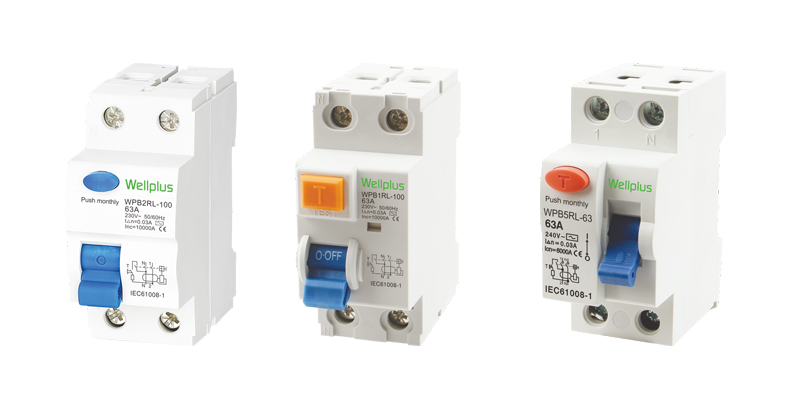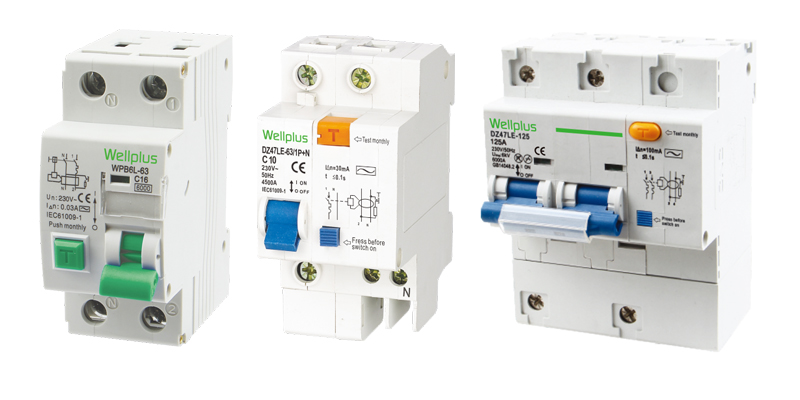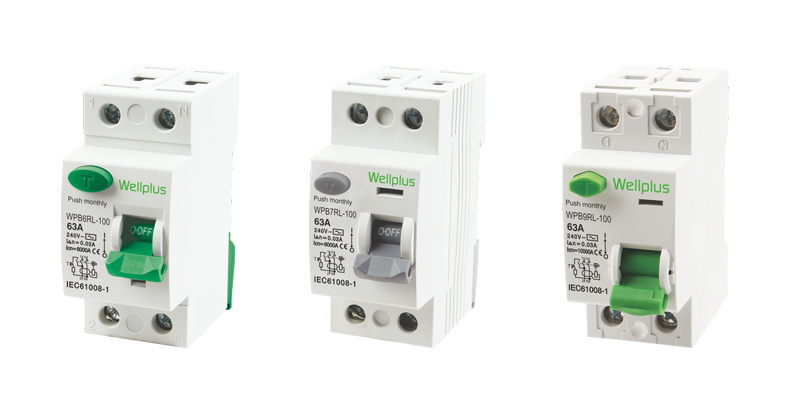RCCB: Residual Current Circuit Breaker
As the name suggest, the basic Principle of this circuit breaker is to operate on Residual current.
How does it work? RCCB is designed to detect current difference between Phase (Live) and Neutral. This current also known as Residual Current. As in normal operating condition, Phase and Neutral will always have a balance current, however, when there is a fault or potential hazard residual current will occur.
For healthy circuit, always amount of current flows through Phase should return through Neutral. If there is any mismatch it will be detected by RCCB.
In other words, RCCB will operate when there is earth fault. RCCB is very useful device to protect individual from electric Shock.
RCCBs will detect current as low as 30mA, which is very small to detect by other means of device. However, RCCB are always used in conjunction with other protective device like MCB. As RCCB are only designed to detect residual current and not to trip on overload/short circuit. RCCB are shown for rated current, however, that rating is only indicating normal operation current that RCCB can carry.
The most widely used RCCB are 30mA and 100 mA

RCBO (Residual Current Breaker with Overload)
As the name suggest the operating fundamental of RCBO is to operate on residual as well as overload current. RCBO is combination of MCB and ELCB (RCCB).
When current imbalance occur, the residual current circuit (RCCB) will operate and when there is overload in circuit, the circuit breaker (MCB) will operate.

RCD (Residual Current Device)
Generally, RCD are being used for RCCB. However, RCD is a generic term referring to any kind of device that automatically disconnect circuit when residual current exceeds the specified limit.The term RCD tends to refer to power socket level implementation of RCD. It can be built in feature or external connected between socket and appliance.
As RCD are generally designed to operate on residual current only and not on overload, RCDs are termed more closely with RCCB and not with RCBO.

